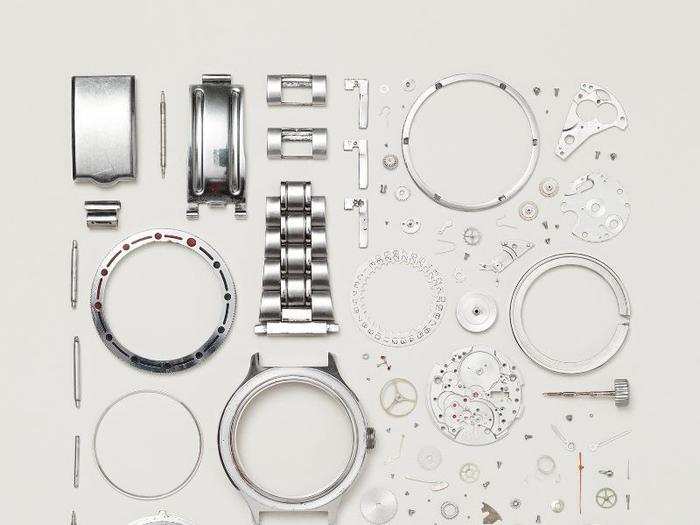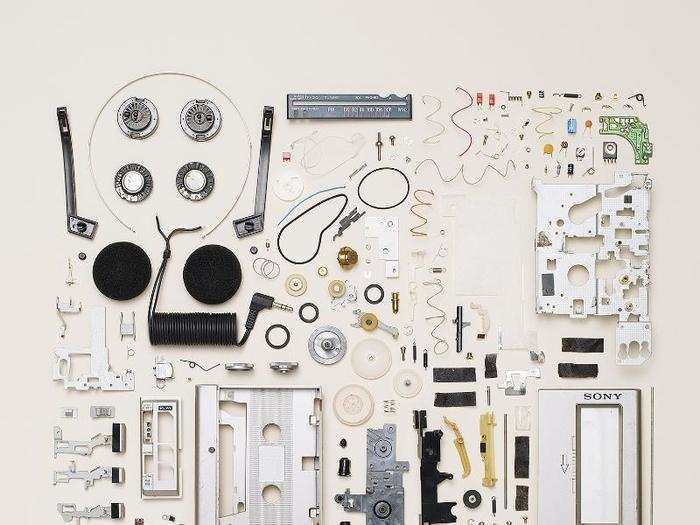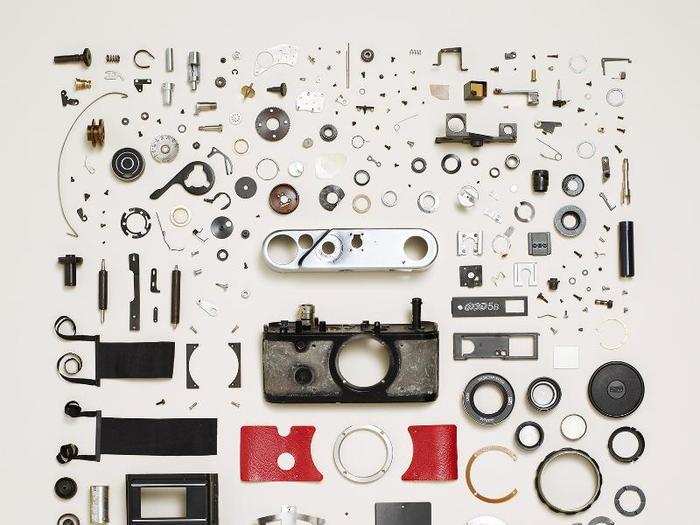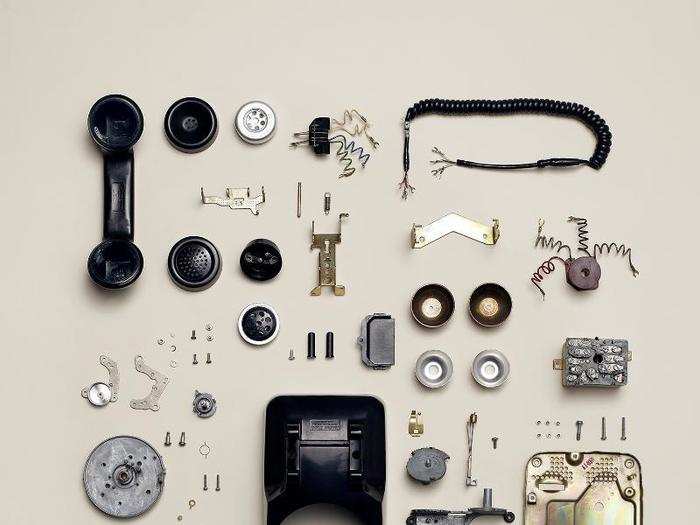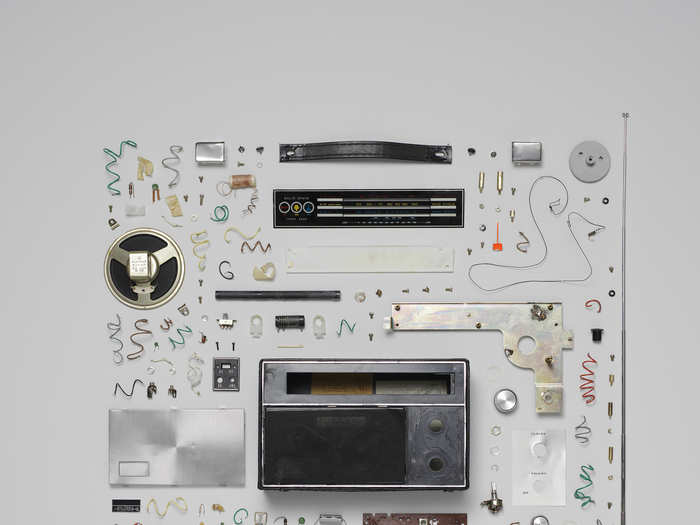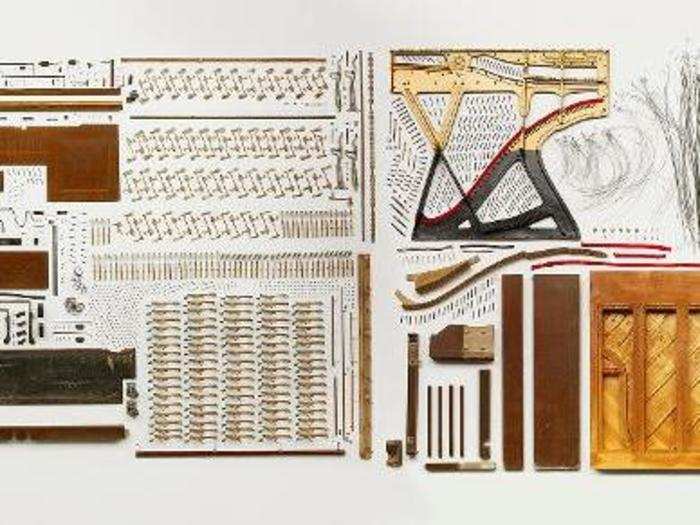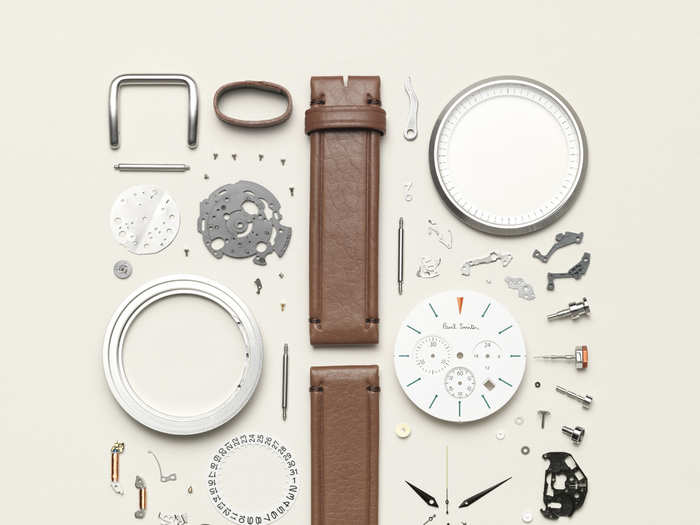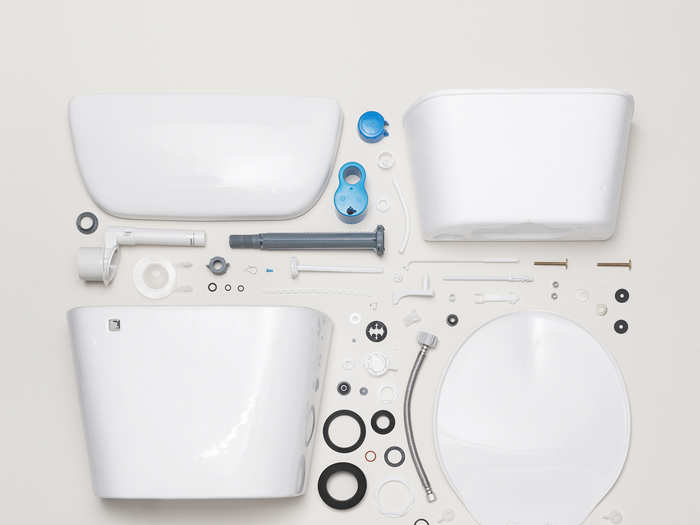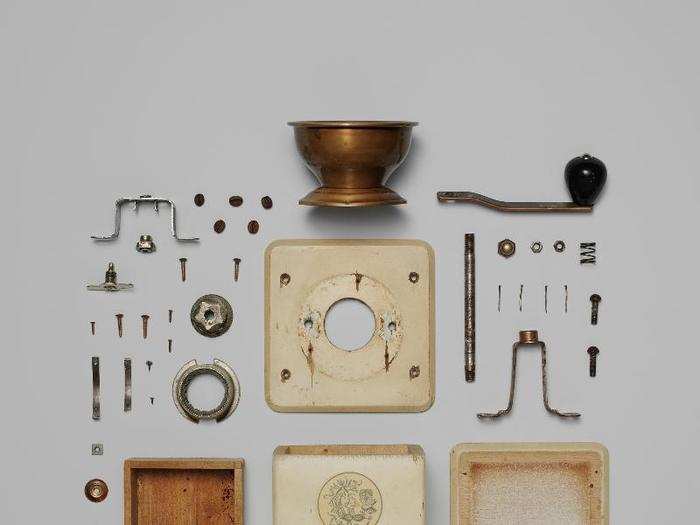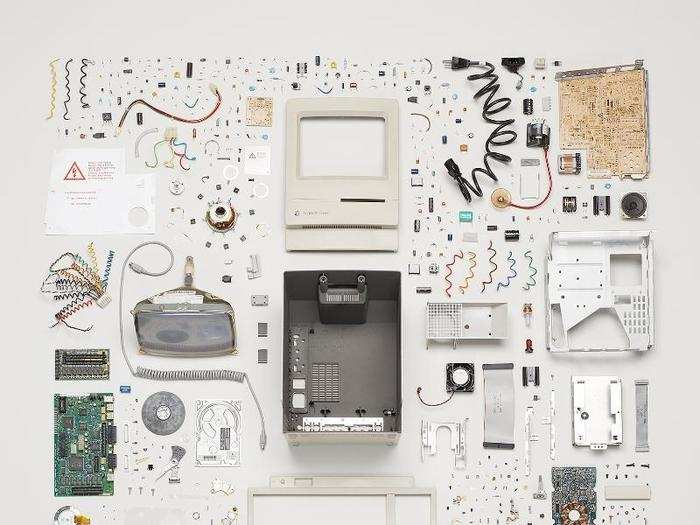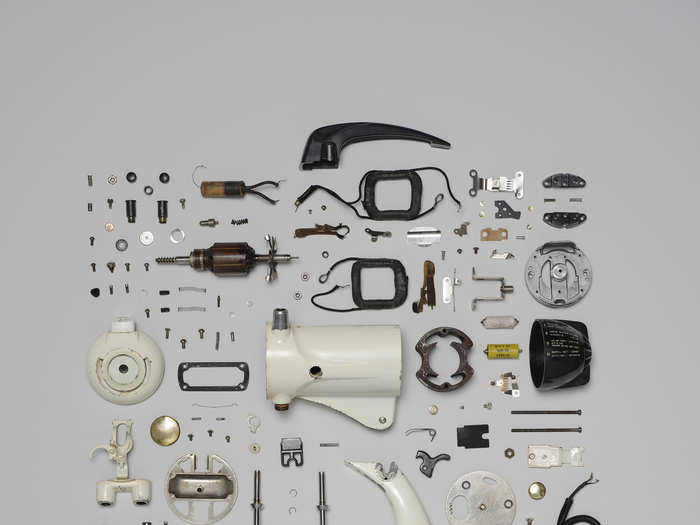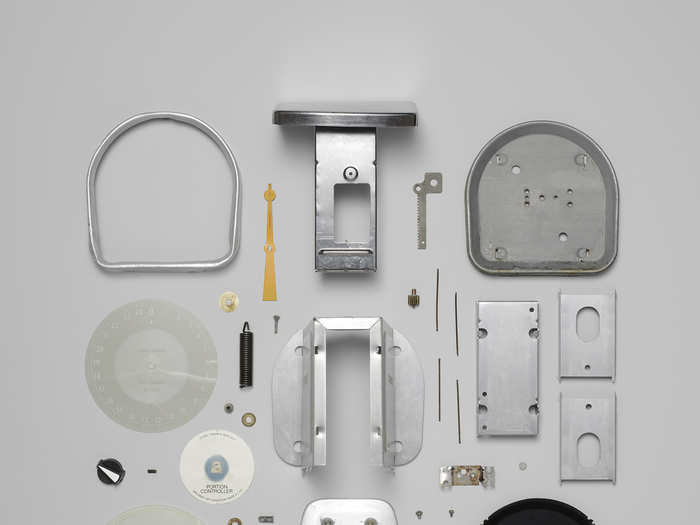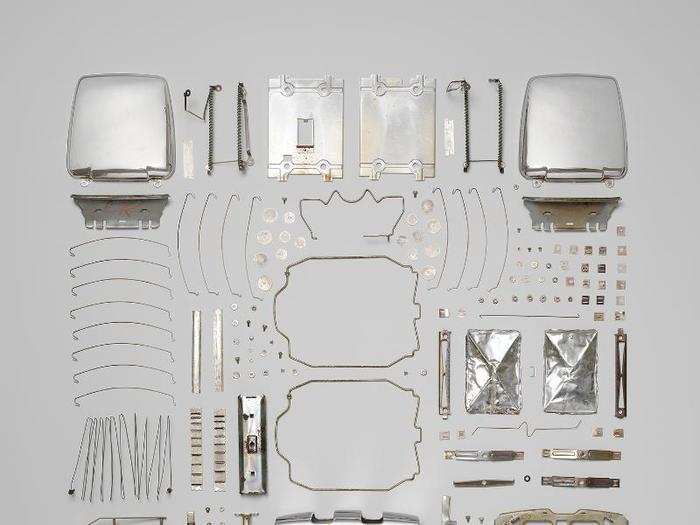These 15 pieces of old technology contain a mind-boggling number of parts
McLellan started the series as a way to celebrate the mechanics of old technology. "As I'm taking it apart, if I press this button, I know it presses that lever, and you can actually see that happen," he tells Tech Insider.
Popular Right Now
Popular Keywords
- India’s wearables market decline
- Vivo V40 Pro vs OnePlus 12R
- Nothing Phone (2a) Plus vs OnePlus Nord 4
- Upcoming smartphones launching in August
- Nothing Phone (2a) review
- Current Location in Google
- Hide Whatsapp Messages
- Phone is hacked or not
- Whatsapp Deleted Messages
- Download photos from Whatsapp
- Instagram Messages
- How to lock facebook profile
- Android 14
- Unfollowed on Instagram
Advertisement

